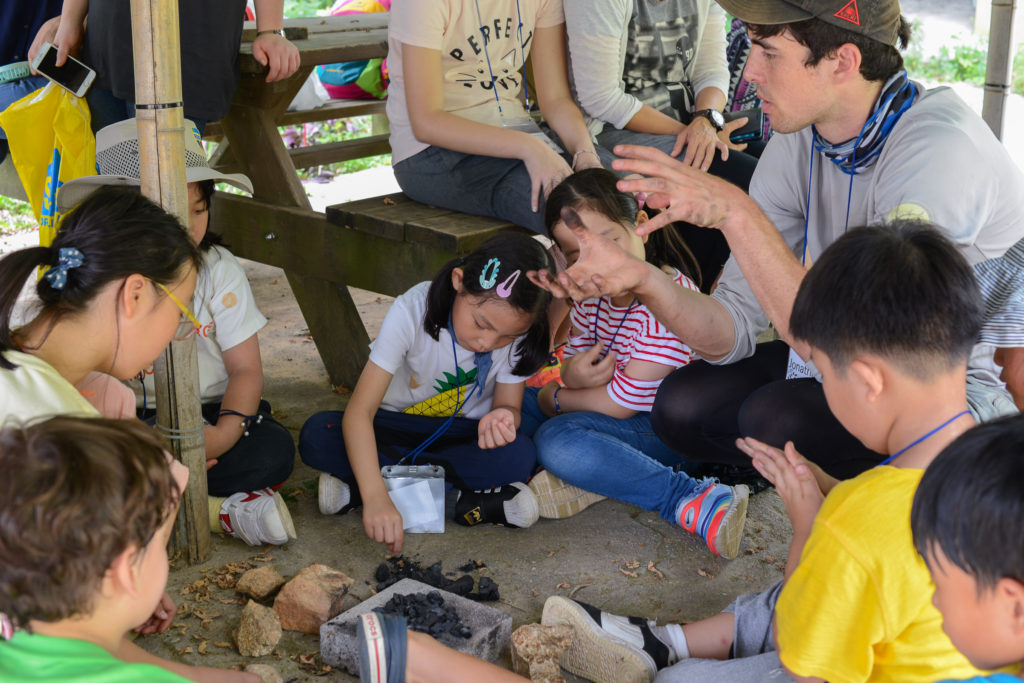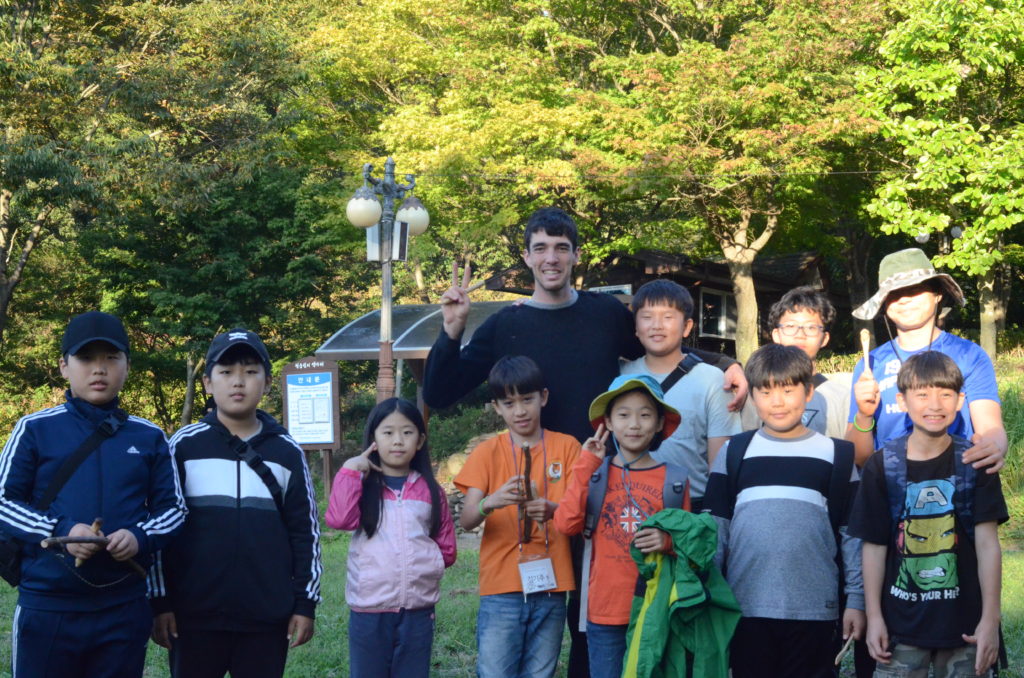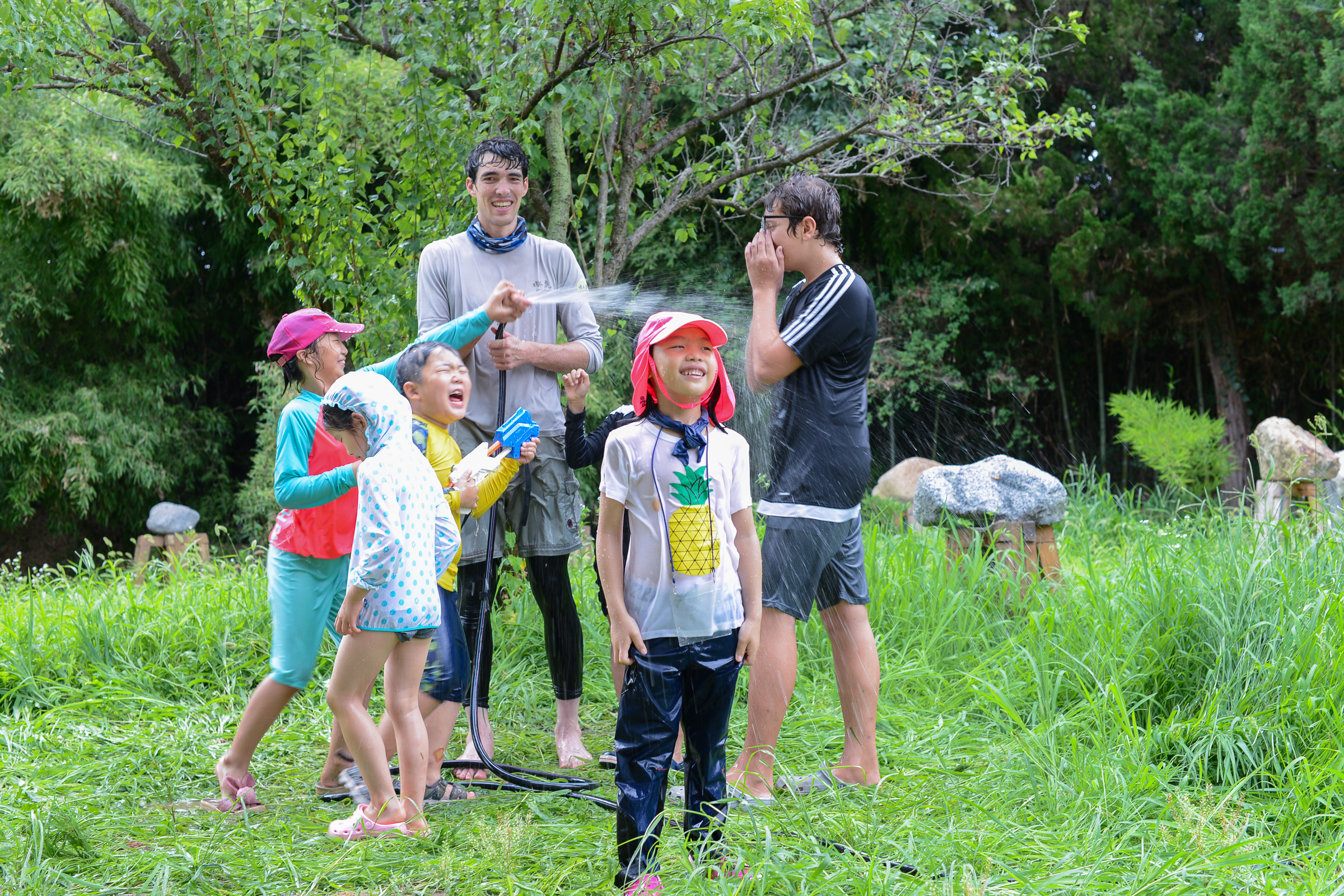Gifts from the Mountains
Written by Jonathan Blaney
Photographed by Jonathan Blaney and courtesy of the Gwangju International Center
There are certain landscapes or natural areas around the world that seem to feel like home as soon as you set foot there. It is a feeling of an inviting pull that grounds and comforts you. You just strangely know that this familiar-feeling place is home, even though you have never been there before. This is what I experienced when I first came to Korea in 2008, and as soon as I stepped off the plane, that feeling hit me like a truck.
This was while on a family trip when we were on a huge tour bus driving all around Korea. I remember visiting Seoraksan National Park, and the mountains blew me away. I could feel the plants and trees almost pulling me closer to them so I could learn more from this unknown and homey place. Once our trip ended, we all returned home to Los Angeles. Over the next ten years, I studied as much as I could about primitive skills and technology from many schools and programs. But I always felt a call back, a longing to learn deeper about this landscape.

I finally came back to Korea last year and spent a lot of time learning about as many of the plants, animals, and ancient tools as I could, along with running children’s nature programs through the Gwangju International Center (GIC). It has been so much fun!
The first thing I noticed when I started talking to Koreans and expats about the nature of Korea was that there was very little nature in Korea, that it was not very unique, or that there were no animals. From my experiences, I found this to be completely untrue. Even from my basic-level animal tracking, I could see numerous trails of sika deer, weasels, boars, herons, pheasants, and squirrels. I also would accidently spook deer while going just ten feet off the trail. I found that there is an abundance of wildlife, but it is often just right under our noses, and we pass by too quickly to notice.

Over the past year, I have had so many amazing interactions with nature at Mudeung Mountain and even at the Gwangju Stream. One day, I was walking along the stream’s path and decided to sit down for a while to watch the water. I noticed out of the corner of my eye a small weasel bounding up to me. I stayed completely still as it came right up and smelled me. I was really still, and then it started bounding around me and smelled my back. I was feeling nervous, but then it ran in front of me and dived into the grasses. I was so thankful and excited to see such a beautiful animal, and as I stood up, the weasel popped out its head and looked at me, almost as if to say “See you later!” and then went back to hunting. To have such an amazing communication with this wild animal was so powerfully moving. But only the act of sitting down and becoming as present as possible allowed for this to happen.
I think the most fulfilling parts of this year were the teaching programs. In association with the GIC, we ran a number of programs that were geared to connecting kids to their natural environment. These programs connected all of those involved to the earth and allowed us to learn from and have fun in completely natural settings. We learned how our ancestors lived and practiced skills related to fire, shelter, plants, and so much more. A practice exercise we all did together at the end of each program was to say “thank you” to the land on which we did the program. This is the best way to end and begin any skill and to develop a deeper relationship with the earth and life.

The Author
Jonathan Blaney is a wilderness survival and nature connection youth educator who is driven to share his passion for facilitating a deeper connection with the earth and keeping the skills of our ancestors alive. Born and raised in Los Angeles, California, Jonathan’s education in wilderness survival and nature awareness began in 2009 and continues to this day.



